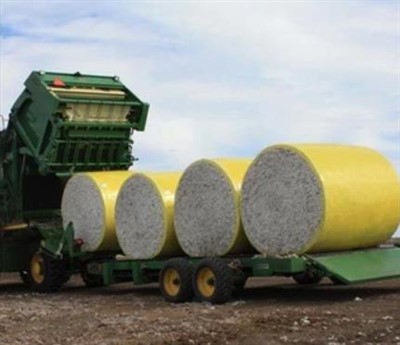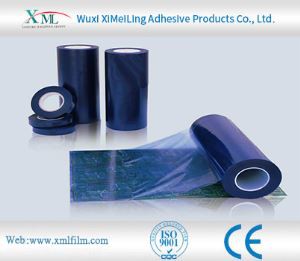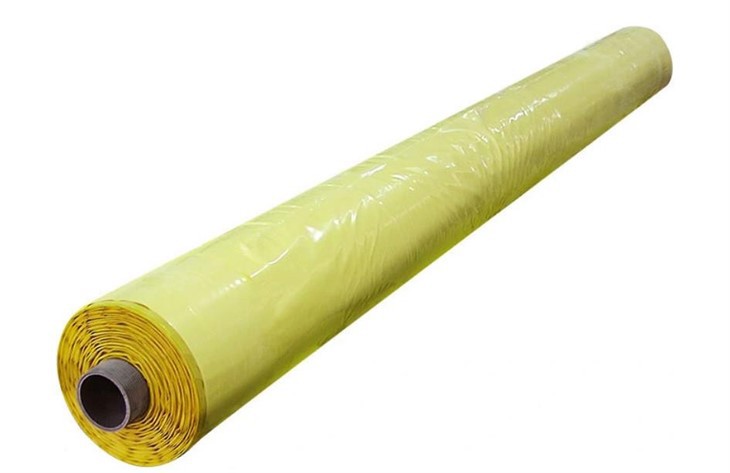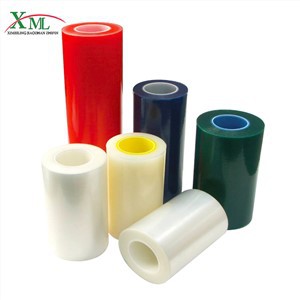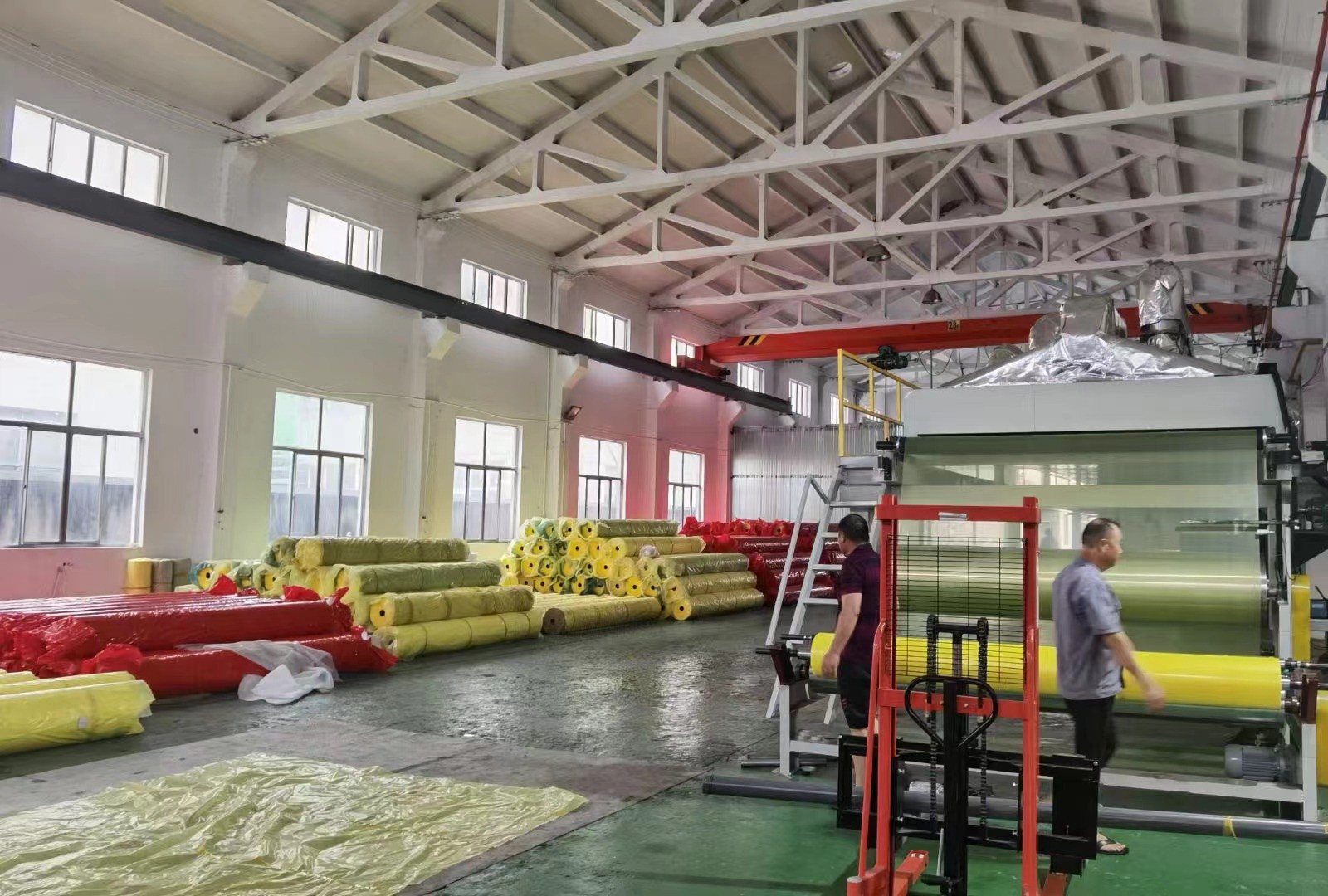How to test the adhesion of Transparent Protective Film
2025-11-08
1. Tape Peel Test: Evaluating Initial Adhesion
Start by cutting a small section of the transparent protective film and applying it to a clean, smooth test surface—typically the same material as the film’s intended use. Press the film firmly with a flat object to ensure full contact, avoiding bubbles or wrinkles. Then, take a piece of standard adhesive tape and press it firmly onto the surface of the protective film. Pull the tape off quickly at a 90-degree angle. Observe if any part of the protective film lifts or peels away with the tape; minimal to no lifting indicates good initial adhesion, while significant peeling suggests weak bonding.2. Manual Peel Test: Checking Bond Strength Over Time
Apply a strip of the protective film to a prepared surface and let it sit for a set period (to simulate real-world use). Using your fingertips, gently grasp one edge of the film and pull it back slowly at a consistent angle—usually 180 degrees. Pay attention to the force required to peel the film: strong, steady resistance with no sudden detachment means the adhesion is reliable. If the film comes off easily with little effort, or if it leaves residue on the surface while peeling, this indicates insufficient adhesion strength.3. Shear Force Test: Assessing Resistance to Lateral Pressure
Cut the protective film into a narrow strip and apply it to a test surface, leaving a small section of the strip unadhered at one end to act as a tab. Secure the test surface to a stable base, then use a light, steady lateral force on the unadhered tab—pushing or pulling it parallel to the surface. Hold the force for a short time and check if the film shifts, slides, or separates from the surface. No movement or separation shows the film can resist shear forces , while sliding indicates weak adhesion against lateral pressure.4. Environmental Exposure Test: Verifying Adhesion Durability
Apply the protective film to a test surface and expose the assembly to controlled environmental conditions that mimic real-world stressors—such as high humidity, moderate temperature fluctuations, or gentle exposure to moisture. Let the film sit in these conditions for a designated period, then perform a manual peel test as described earlier. Compare the post-exposure adhesion to the initial test results: consistent resistance with no degradation means the adhesion holds up under environmental stress. If the film peels more easily or loses bond after exposure, its adhesion durability is insufficient for harsh or variable environments.No Information


